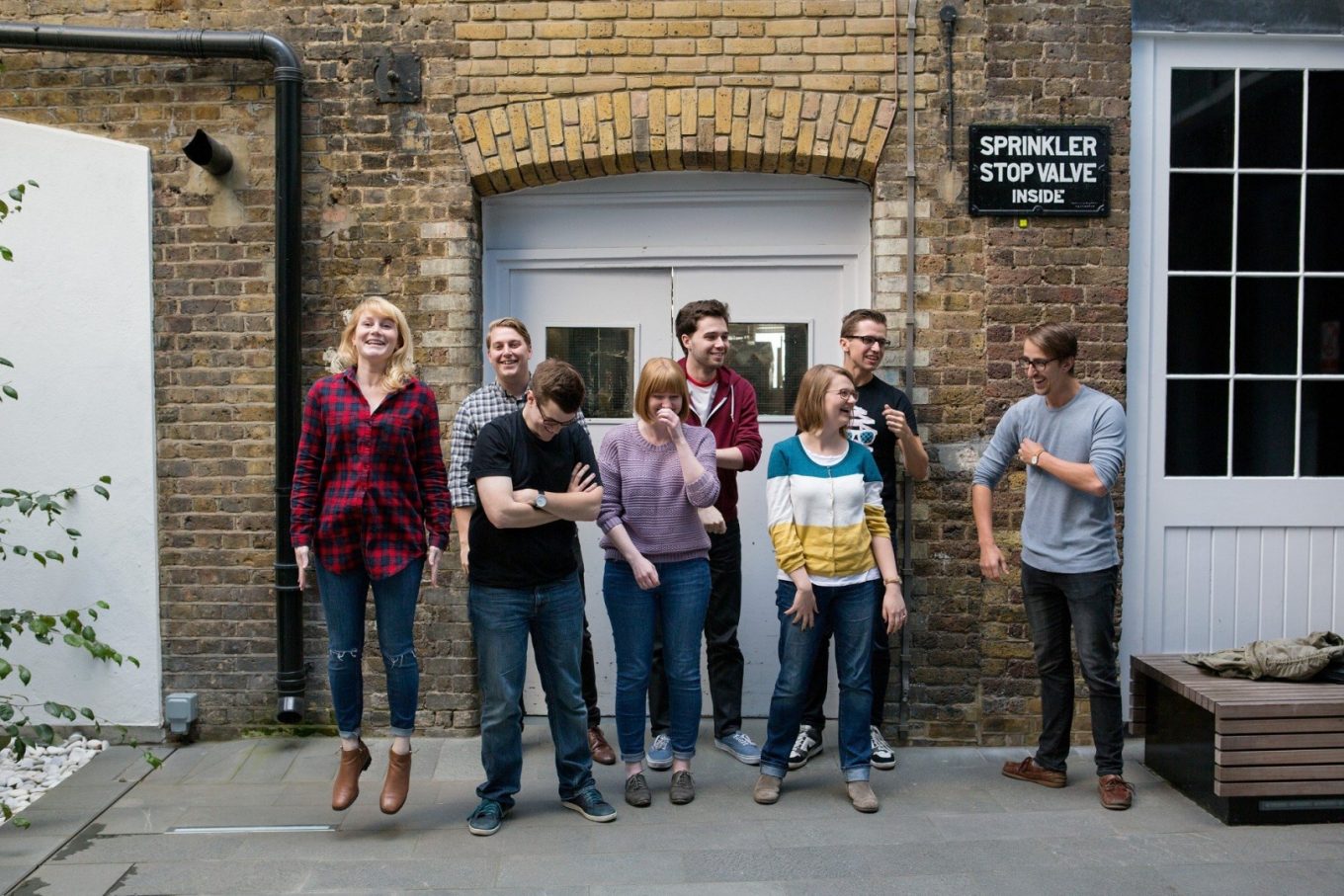While the giants of social media like Facebook and Twitter have been stealing all of the social networking thunder, Instagram has been rising up through the ranks and is becoming a widely accepted tool for social business. This has led many businesses to start looking at how Instagram Growth can be used to improve their marketing strategies.

According to Gabriel Hubert (2013) writing for Our Social Times there are very good reasons for this. That’s because photos considerably increase interest and interaction from people. As noted by Hubert, photo posts have been shown to up the interaction rate by 39% compared with other posts. This has led companies like Starbucks, MTV, Nike and Red Bull to start including Instagram in their marketing strategies to work on reaching a proportion of the 90 million monthly active users (as of 2013). If this was not enough to encourage businesses to get on board with Instagram, Prescient explains that 57% of users go into their accounts on a daily basis. As well as this, 43% of accounts post more than one time per day. Brands that have already started with Instagram post approximately 5.5 times each week, states Prescient, and: “The top 50 brands on Instagram have an average of 722,000 followers and around 1.5 million Instagram posts mention the top 50 brands.”
This is all very well, but some business owners wonder how Instagram should best be managed. Prescient advice argues for posting photos that are brand relevant for customers. An example provided of this is that Whole Foods Market posts photos about healthy food, but also of store events and their sustainability measures. It is also explained that just as with other forms of social media marketing it is necessary to engage with followers which means leaving comments on their photos and liking what they post. Prescient suggests that quality is better than quantity in terms of the number of followers that a business has, so it is important to focus on building up a base of people that are really interested in your business and posts.
Writing for Social Media Examiner, Brian Honigman (2014) explains that another step that businesses can take is making sure that they add videos. As highlighted by Honigman, as of 2014 only 4% of Fortune 500 companies had started using video on Instagram for social media marketing. By getting in there ahead of other companies, businesses have an opportunity to stand out from the crowds. Indeed, it is shown by Honigman that a Forever 21 video campaign had received hundreds of responses having only been posted for less than two weeks.
Honigman suggests that a consistent style is important in building up followers. This means determining what types of pictures or videos work and largely sticking to that approach in a manner that is consistent and recognisable so that followers are able to associate it with your brand. If Instagram used to be limited to the use of an iphone or smartphone, there are now various alternatives that let you use your computer such as gamblr. Gamblr will allow you to program and optimize your use of instagram as a branding/marketing resource for your social business.
On the subject of branding, making Instagram work for your business means understanding what you need to do from the perspective of your brand to grab attention. In this regard National Geographic is a good example. As this organisation could not have used mobile photo uploads to attract followers, given the focus of excellence in photography in its brand, so it has steered clear of this approach. Additionally it “takes advantage of the fact that Instagram captions don’t have a character limit.” Honigman explains that each caption is similar to a brief magazine commentary rather than a simple caption for a picture and that is consistent with what National Geographic followers might possibly expect from this brand. Meanwhile, Honigman also suggests asking for user generated photographs by carrying out activities such as the running of competitions to get people to interact with the brand.
Hubert (2013) argues that whatever you decide to do on Instagram you should track and monitor it. In particular this means monitoring areas such as follower statistics and interactions generated by different photos posted. This can lead businesses to improve what they do on Instagram to better prompt engagement by continuing with what works and dropping what doesn’t. Particular areas to track according to Hubert are Hashtags, volume of photos shared, likes and comments as well as reach. See also: https://wpdevshed.com/

Paula Newton is a business writer, editor and management consultant with extensive experience writing and consulting for both start-ups and long established companies. She has ten years management and leadership experience gained at BSkyB in London and Viva Travel Guides in Quito, Ecuador, giving her a depth of insight into innovation in international business. With an MBA from the University of Hull and many years of experience running her own business consultancy, Paula’s background allows her to connect with a diverse range of clients, including cutting edge technology and web-based start-ups but also multinationals in need of assistance. Paula has played a defining role in shaping organizational strategy for a wide range of different organizations, including for-profit, NGOs and charities. Paula has also served on the Board of Directors for the South American Explorers Club in Quito, Ecuador.






























